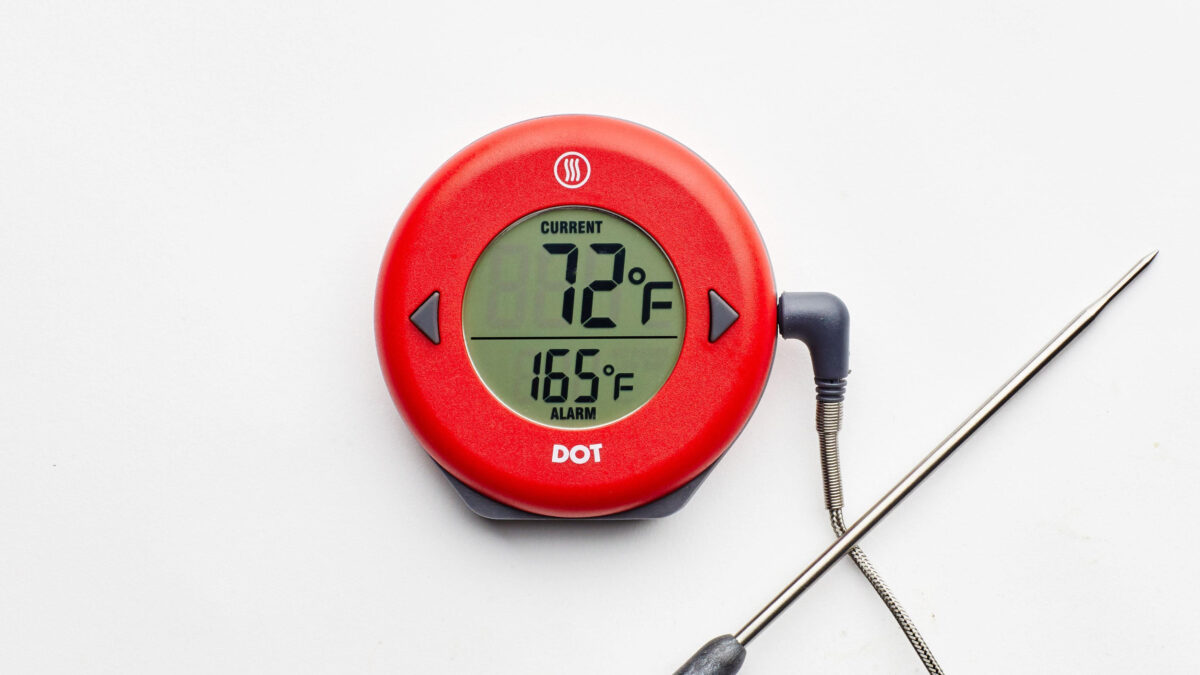


For years, Australian biologist Jennifer Marohasy has questioned the reliability of the Bureau of Meteorology’s (BoM) historical temperature records, which shows a significant rise in Australia over the past decades.
The BoM attributed the record-breaking hot temperatures to human-caused global warming, but Marohasy asked whether at least some of the warming was natural and whether the other component could be attributed to the methods in which the temperatures were recorded.
Her husband, environmental researcher John Abbott, is taking the matter to the Administrative Appeals Tribunal in Brisbane, and Marohasy is now appearing as the expert witness. They aimed to ask the judge to make the BoM make the raw temperature data public, something the BoM has previously refused.
A public hearing was held on Feb. 3, but the case was taken back into mediation before Marohasy presented her evidence, and the public was asked to leave. It was set to resume on Tuesday.
The essence of the matter is in the change in the types of equipment used to measure the temperatures, as well as remodelling through the process of homogenisation, Marohasy said.
Previously, the BoM used mercury thermometers, which have a slow response to change. These have since been replaced with electronic sensors, which are more sensitive to changes in temperature.
“The change from a mercury thermometer to a probe makes a material difference to the reliability of the historical temperature data,” she wrote in a blog post on Feb. 4.
“This matters for understanding climate variability and change—the trend.”
The concern was echoed by Queensland physicist and former professor at James Cook University Peter Ridd. Ridd said in a Facebook post on Feb. 2 that while mercury thermometers often missed short-term high temperatures, electronic probes “often pick up the short-term high temperature ‘spikes’ and thus register a higher maximum temperature on that day than the mercury thermometers.”
“So, has the bureau accounted for this in their long-term records?” he asked, “It could well mean that they are reporting temperatures higher than they should.”
In 2018, Marohasy shared a table comparing raw temperature readings and the two “homogenised” ACORN-SAT datasets, explaining that the data corrections have resulted in a “rewriting” of the temperature records of 112 weather stations dating back to 1910.
ACORN-SAT stands for the Australian Climate Observations Reference Network—Surface Air Temperatures.
“Temperatures are changed through a process known as homogenisation, and then changed again, sometimes by as much as 6.4 degrees Celsius (11.5 F) for the one day,” Marohasy wrote in 2019.
According to Marohasy, 44.8 degrees Celsius (112.6 F) was the maximum temperature measured at Albany, Western Australia, on Feb. 8, 1933. In the year 2012, BoM homogenised the maximum temperature to 51.2 degrees Celsius (124 F), before it was recently revised to 49.5 degrees Celsius (121.1 F).
She noted that the release of the parallel data of maximum and minimum temperature datasets is important because readings from the new equipment can be compared with readings from the old equipment, “including to check they are comparable—that there are no discontinuities.”
“It is reasonable to assume this data would be public, but it is guarded by the Bureau and kept secret. The Bureau also claim it is undigitized and only potentially available as hard copies of A8Forms and that the Bureau lacks the available resources for scanning to provide this on request,” she wrote on Feb. 4.
“Work that I have undertaken with John Abbot shows that even without the industrial revolution, there would have been a temperature increase of about 1C through the 20th Century.”
The biologist further noted that the data “is in the public interest—given far-reaching public policy decisions are being made on the basis of a 1.5C tipping point.”
Additionally, on Jan. 28, Marohasy argued that “claims that we are facing a climate catastrophe because temperatures will soon be exceeding 1.5 Celsius Degree is driving the closure of coal mines, caps on the price of gas and a mental health epidemic amongst children who increasingly fear global warming.”
In a statement to The Epoch Times, the BoM said, “there is no significant difference in the diurnal temperature range measured using mercury thermometers compared with platinum resistance probes.”
The BoM did not provide an answer as to what are the major factors contributing to the rise in Australian temperatures but pointed to the State of the Climate Report 2022, recently released by the Bureau of Meteorology and the Commonwealth Scientific and Industrial Research Organisation (CSIRO).
“The report draws on the latest climate monitoring, science and projection information to detail Australia’s changing climate now and into the future; the full report is available on our website,” the department said.
In a Facebook post on Jan. 31, Marohasy said despite the importance of the temperature data, there is a lack of media attention on the issue.
“It is of real concern to me that so many faux scientists, both sceptics and alarmists, are uninterested in the evidence, specifically the parallel data,” she said.
“They are uninterested because this evidence does not accord with the narratives that have developed on both sides. And they are not curious.”
“They don’t understand the evidence I present. And I suspect they are too busy to make the time to get across the evidence.”
“The established narratives do not generally include incompetence; rather, they focus on malfeasance.”
The Epoch Times has reached out to Marohasy but didn’t receive a response in time for publication.
Richard Szabo contributed to this report.
